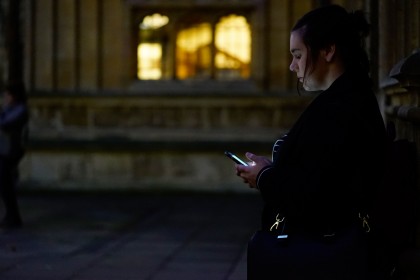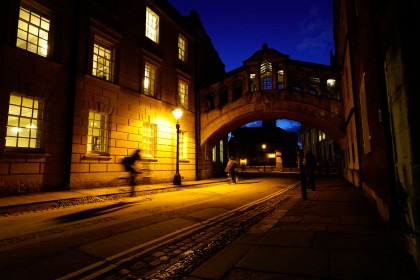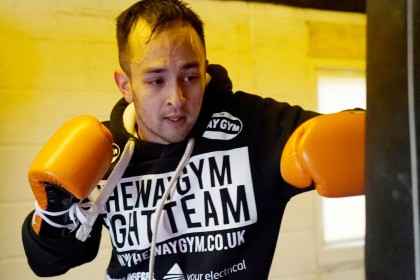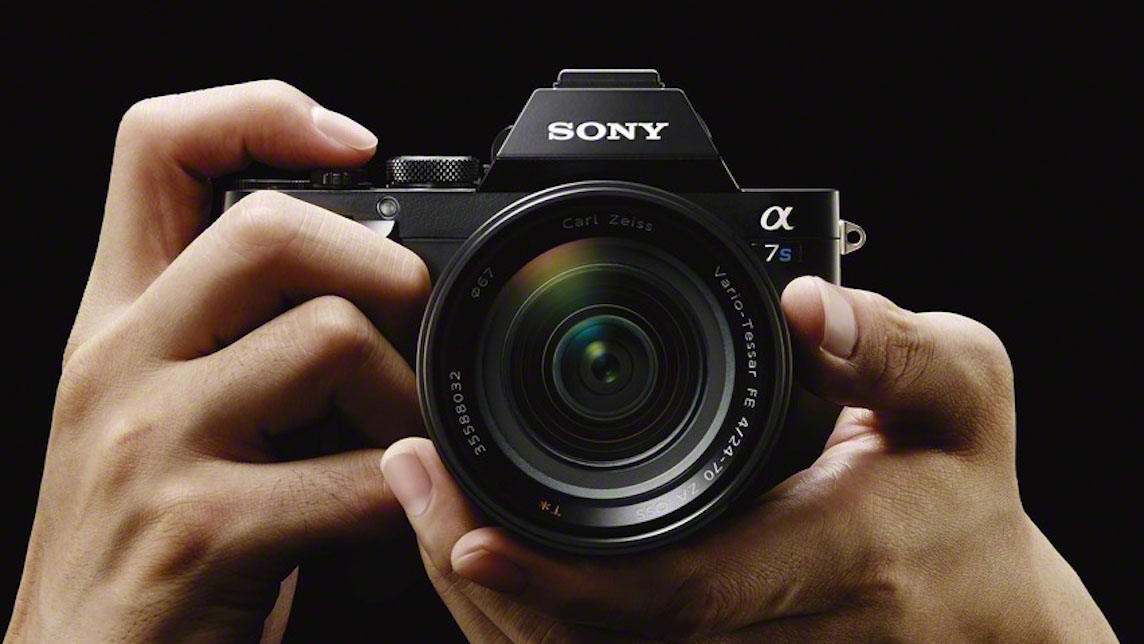Why you can trust TechRadar
Generally speaking the A7S II produces less saturated and more natural colours in video and stills. This gives give much greater scope for post capture adjustment/grading.
Sony has significantly improved the A7S II's autofocus system over the A7's and while it's still unlikely to tempt pro video shooters away from manual focus while shooting, it's helpful when taking stills. You can expect a little hunting in dark interiors and outside at night, but it usually gets the subject sharp provided that you can find an area with reasonable contrast. In more average lighting conditions it's fast and accurate. It's also capable to tracking a moving subject in good light, but in Lock-on AF mode is often distracted by other objects in the scene so it's better to use Flexible Spot or Expanded Flexible Spot mode and to try to keep the active AF point over the subject yourself.

• Despite the low light, the level of contrast on the woman's face was enough for the autofocus system to get her sharp. The exposure was reduced by 1.3EV below the camera meter's recommendation to make the shot a little darker than reality and emphasise the light on the woman's face. Click here for a full size version.

• This image was taken at 1/15 sec to blur the movement of the cyclist, but the background is perfectly sharp thanks to the image stabilisation system (the focal length was 19mm using the Sony 16-35mm f/4 lens). Noise is also controlled well for ISO 8000. Click here for a full size version.
While you can shoot sport with it, the A7S II is unlikely to be the camera of choice for a sports photographer, especially when there are such limited long lens options. It struggled to keep up with the movement of a boxer training in a gym with flat lighting. The maximum continuous shooting speed with continuous autofocusing is also a paltry 2.5 frames per second.

• The AF system struggled to keep up with the action in the flat low light of a gym, but it was possible to get a few sharp shots. Click here for a full size version.
The built-in five axis image stabilisation system is also new for the A7S series and it works really well in video and stills mode with the appropriate lenses. When shooting video it allows you to handhold the camera and still get reasonably stable results without a tripod or monopod. Don't expect it to make your walking or running shots look like they were shot on a Steadicam – it won't, but it will remove the micro-jitters which are the tell tale signs of a bad handheld shot. When shooting stills we found it possible to get images that are consistently sharp at 100% when using a shutter speed of 1/15sec with Sony's FE 90mm f/2.8 Macro G OSS lens mounted with a close subject. Many shot at slower shutter speeds also stood muster, some as slow as 1/5sec.
Unfortunately, one issue for the Alpha 7R II is also a problem with the A7S II – overheating. This is worst when shooting 4K footage to a memory card and using the EVF and image stabilisation at the same time. When it gets too hot the camera simply shuts itself down to protect itself from damage. The only real solution to this is to limit the recording times or to use an external recorder instead of the SD card.
Our experience indicates that it's not quite as bad with the A7S II as with the A7R II, but if you're using the EVF and stabilisation you're likely to need to let the camera cool down after recording continuously for 30 or 40 minutes – depending upon the ambient temperature. The maximum shooting duration is actually 29 minutes 59 seconds, but if you shoot long clips in quick succession you'll soon get close to the 30-40 minute point.
Finally, a quick word about battery life. Sony quotes a figure of 310 images when using the electronic viewfinder and measured to CIPA standards. We found this quite conservative and managed to get over 450 (raw and JPEG) images from one battery, although we were pretty careful about turning the camera off between shots. Nevertheless, if you're shooting video you'll find they don't last very long and it's a good idea to take four or five batteries if you're going to spend a day video shooting.
Current page: Performance: autofocus and stabilisation
Prev Page Performance: stills and video quality Next Page Lab tests: Sony A7S II resolution